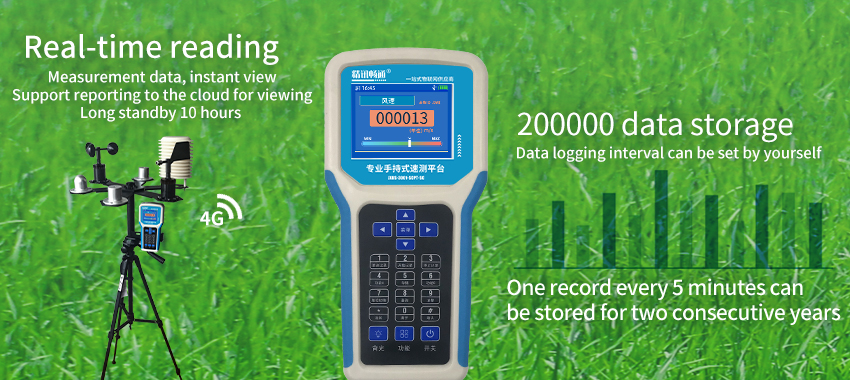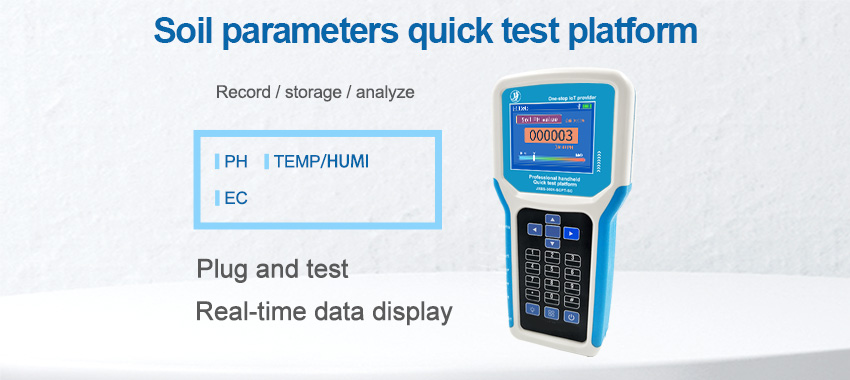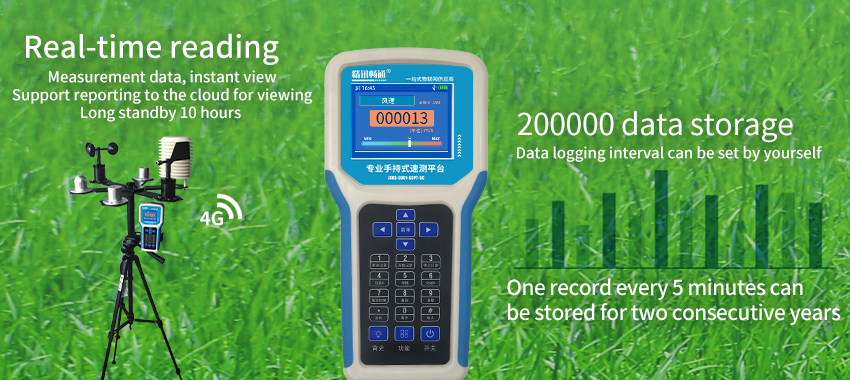With the increasing global population and the need to produce more food sustainably, there is a growing demand for innovative solutions in agriculture. Smart soil sensor solutions have emerged as a promising technology that can revolutionize farming practices by providing real-time data on soil conditions. This article explores the potential of smart soil sensor solutions in improving sustainable farming practices, discussing their benefits, applications, challenges, and future prospects.

Enhancing Resource Management:
Smart soil sensor solutions enable farmers to optimize the use of resources like water and fertilizers. By collecting data on soil moisture levels, these sensors provide insights into irrigation requirements, allowing farmers to water their crops more precisely. This targeted approach minimizes water wastage, reduces energy consumption, and promotes water conservation. Additionally, by monitoring nutrient levels in the soil, smart soil sensors help farmers apply fertilizers more efficiently, minimizing nutrient runoff and the risk of water pollution.
Supporting Precision Agriculture:
Precision agriculture aims to maximize crop yield while minimizing the use of inputs. Smart soil sensor solutions play a crucial role in implementing precision agriculture techniques. By continuously monitoring soil conditions such as pH levels, nutrient concentrations, and temperature, these sensors provide farmers with real-time information about their fields. This data allows farmers to make informed decisions on planting, fertilizing, and managing pests, leading to optimized crop growth, reduced costs, and improved resource efficiency.
Enabling Data-Driven Decision Making:
The data collected by smart soil sensors can be integrated with other farming systems, such as weather monitoring and satellite imagery, to create comprehensive decision support tools. By analyzing this combined data, farmers gain valuable insights into the relationships between soil conditions, weather patterns, and crop performance. These insights enable farmers to make data-driven decisions, such as adjusting irrigation schedules based on upcoming rainfall or predicting disease outbreaks, resulting in more accurate and efficient farming practices.
Monitoring Soil Health:
Maintaining soil health is crucial for sustainable farming. Smart soil sensor solutions provide farmers with real-time information on key soil parameters such as moisture content, temperature, and nutrient levels. By monitoring these parameters, farmers can identify issues like soil erosion, nutrient deficiencies, or excessive salinity early on. This early detection allows farmers to take timely corrective actions, such as adding organic matter to enhance soil structure or adjusting pH levels through targeted amendments. Improving soil health promotes long-term sustainability and maintains the productivity of agricultural land.

Facilitating Remote Monitoring and Automation:
Smart soil sensor solutions often come with remote monitoring capabilities, allowing farmers to access real-time data from anywhere. This remote monitoring enables farmers to keep track of their fields' soil conditions without physically inspecting each location, saving time and effort. Moreover, smart soil sensor solutions can be integrated with automated irrigation systems, where irrigation schedules are adjusted automatically based on the data collected by the sensors. This automation reduces manual labor, optimizes resource usage, and ensures that crops receive the necessary water at the right time.
Challenges and Future Prospects:
Though smart soil sensor solutions offer significant benefits, there are challenges to be addressed for their widespread adoption. These challenges include sensor accuracy and reliability, data management and analysis, cost-effectiveness, and ensuring compatibility across different farming systems. However, ongoing advancements in sensor technology, wireless connectivity, and data analytics are rapidly addressing these challenges. Future prospects for smart soil sensor solutions include the development of low-cost sensors, improved data integration and interpretation algorithms, and increased collaborations between sensor manufacturers, farmers, and researchers.
Conclusion:
Smart soil sensor solutions have the potential to transform agriculture by improving sustainable farming practices. By providing real-time and accurate data on soil conditions, these sensors enable farmers to optimize resource management, implement precision agriculture techniques, and make informed decisions. Furthermore, smart soil sensor solutions support data-driven farming practices, facilitate remote monitoring and automation, and contribute to the overall health and productivity of agricultural land. As technology continues to evolve, smart soil sensor solutions will play a vital role in ensuring food security, environmental sustainability, and the long-term viability of the farming ind







